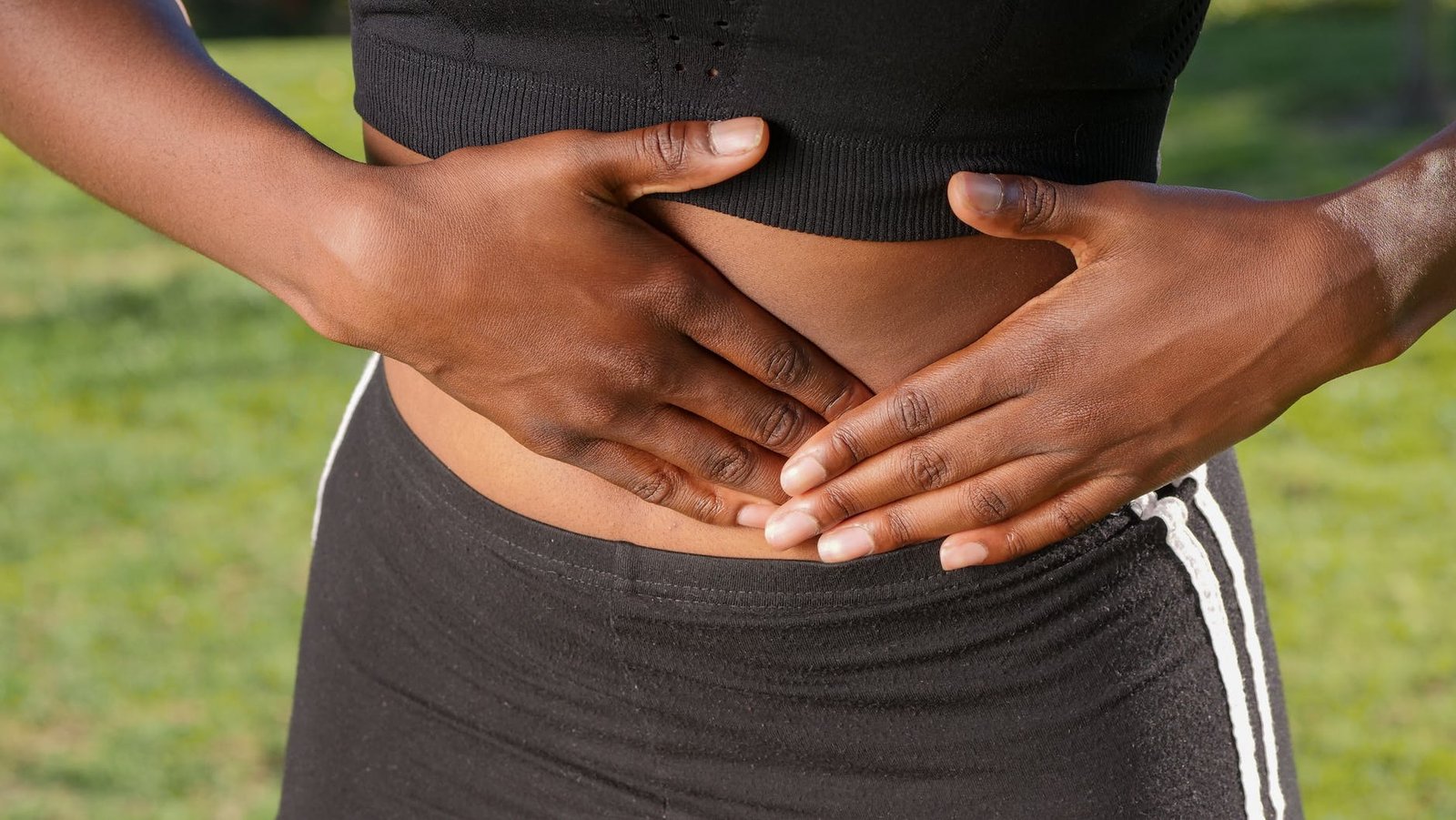What’s Causing Your Abdominal Pain and How to Treat It
Abdominal pain and cramps are common at any age and can have many causes. Indeed, all the abdominal organs can be the cause of a stomach ache. Sometimes accompanied by cramps, burns, gas, these stomach aches can really have an impact on daily life.
What are the causes of abdominal pain? How to relieve them? Let’s take a closer look at this symptom.How to recognize abdominal pain and cramps?What is abdominal pain?
Abdominal pain is very common. Their causes are extremely diverse, but most often related to the digestive organs such as the stomach, intestine or liver.
The origin can also be gynecological, urinary, and even cardiac or pulmonary.
What are the types of abdominal pain?
Abdominal pain and cramps can be located at different levels of the abdomen. However, the terms “tummy ache” or “stomach aches” are often used to define them.
These pains can be:
- mild or severe;
- chronic or acute;
- recurring or occasional.
Abdominal pain can manifest as:
- abdominal cramps;
- shooting pain;
- painful “peaks” in a specific or diffuse area;
- spasmodic pain.
- Often mild, abdominal pain can sometimes be a sign of a serious condition, which should be detected and treated quickly. Do not hesitate to consult your doctor in case of doubt.
What causes abdominal pain and cramps?
The various causes of abdominal pain
Since there are many organs in the abdomen, the causes of abdominal pain and cramps are very many and varied.
Here is a non-exhaustive list of factors that may cause abdominal pain and cramps:
- digestive disorders: such as constipation, formation of gas in the intestine, spasms of muscular origin (smooth muscle of the wall of the stomach, intestine, etc.), gastroesophageal reflux, etc. ;
- gastric and duodenal ulcers;
- gastrointestinal infections (gastroenteritis, food poisoning, etc.);
- bowel obstruction;
- appendicitis;
- gallstones;
- kidney stones, renal colic and urinary tract infections;
- an ectopic pregnancy, the presence of ovarian cysts, painful periods, etc. ;
- inflammation of the pancreas, stomach, liver, colon, peritoneum, etc. ;
- Crohn’s disease and other inflammatory bowel diseases;
- involvement of the pleura: pneumothorax, pleurisy;
- cancerous or tumorous pathologies.
- Functional intestinal disorders
- Functional intestinal disorders, also called “colopathy”, is a condition that is most often associated with stress, anxiety or depression. These intestinal pains generally do not worsen, but can recur.
What are the areas of the belly incriminated by the pain?
The localization of abdominal pain sometimes makes it possible to specify their cause:
The umbilical area (around the navel)
The main organ in the area is the intestine. To a lesser extent, pain can also be related to damage to the stomach or pancreas.
The epigastric zone (top and center of the belly)
Pain can be caused by damage to the stomach mainly, but also to the liver or heart (which can “remotely” cause pain in this area).
The hypogastric zone (center and bottom)
This is the area between the pubis and the navel. The bowel and bladder are likely the organs causing pain in this area. This is also where the uterus is located in women.
The left flank (to the left of the navel)
Damage to the bowel, spleen, and kidney can cause pain there.
The right flank (to the right of the navel)
It can be damage to the intestine, gallbladder, kidney, etc.
The left hypochondrium (on the left and above the belly)
The pains come mainly from the intestine, but they can also testify to damage to the pancreas, stomach, kidney, spleen, or lung.
The right hypochondrium (on the right and above the belly)
Pain in the upper right of the belly can result from damage to the liver mainly, but also to the intestines and the pancreas.
The left iliac fossa (lower left of the belly)
Lower abdominal pain can result from a problem with the colon, kidneys, urinary tract, as well as the ovaries and fallopian tubes in women.
The right iliac fossa (lower right of the belly)
These can be the appendix, urinary tract, kidneys, and ovaries and fallopian tubes in women.
Some pain may be diffuse and affect the entire body.
belly. In this case, it could be:
- inflammation of the peritoneum;
- Crohn’s disease;
- of food poisoning.
- However, some locations of pain are misleading and only a complete medical examination will determine the cause.


What symptoms can be associated with stomach aches?
Other symptoms may be associated with abdominal pain, including:
- fever ;
- digestive disorders (constipation, diarrhoea, gas, etc.);
- bloating;
- nausea ;
- vomitings.
- It is therefore necessary to take into account the entire clinical picture to be able to guide the diagnosis, hence the importance of consulting your doctor.
How to treat and prevent abdominal pain and cramps?
Treatments to relieve abdominal pain and cramps depend on their cause.
Treatment of abdominal pain
Some of the drugs most often used for mild pain include:
- antispasmodics;
- charcoal and digestive dressings;
- laxatives;
- herbal medicine and homeopathy can also relieve abdominal pain.
- Prevention of stomach aches
- To prevent abdominal pain linked to poor digestion, it is advisable to eat slowly and to favor balanced menus.







